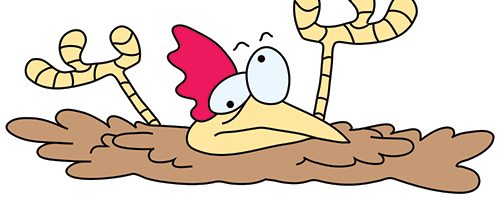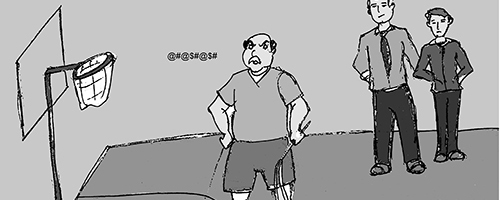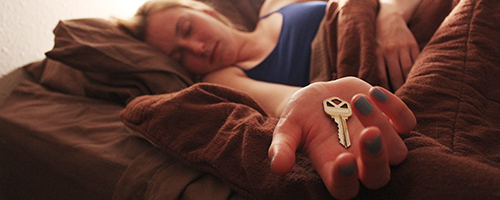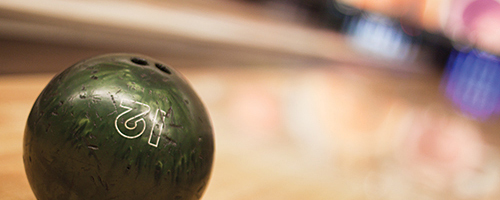The millennials have done it again with our brazen self-entitlement and lazy attitudes. KFC is now officially pushing Original Recipe Boneless chicken, a new product line of white and—wait for it—dark meat chunks.
De-boning KFC

The millennials have done it again with our brazen self-entitlement and lazy attitudes. KFC is now officially pushing Original Recipe Boneless chicken, a new product line of white and—wait for it—dark meat chunks.
In an effort to address the issue of an aging customer base and to reach a very picky younger generation, the fast food company is aiming to reach an audience that wants easier, more convenient and more portable food options.
Some of KFC’s loyal customer base are bound to get their panties in a bunch at the company’s new focus, but the test markets have shown incredible promise. KFC’s U.S. president, John Cywinski, went so far as to say the company has “never seen such a positive reaction to a test product,” according to ABC News.
It’s taken three years for the company to develop what they consider the brand’s boldest move since its founding more than 60 years ago, and what may ultimately replace the greasy, carcass-filled buckets of thighs, legs and succulent breasts of our childhood.
As a nurtured millennial who grew up on chicken nuggets and was the first to become ecstatic when popcorn chicken showed up, I must shamefully admit that I’m conflicted between utter excitement and disgust at such a product.
On the one hand, you can eat this chicken with literally just that: one hand. That means you have a whole hand free to text the class teammate who keeps harassing you, check your D2L to see if your disorganized instructor decided to add any last-minute coursework, or Facebook your mom to tell her no, you won’t be coming over for dinner, because you’re eating delicious, deep-fried chicken chunks.
KFC is essentially creating a product that caters to customers who just don’t have the energy to use both hands for a meal. People don’t have the energy to grip a chicken breast by its grease and spend a precious 10 minutes of their day on a real, quality dining experience.
The colonel’s company is promoting its rebranding in a giant marketing campaign titled “I ate the bones!” One commercial in particular zooms in on a tray of leftover crumbs as a customer suddenly realizes there aren’t any bones left over. The man hysterically proclaims, “I ate the bones!” evidently indicating that the new product line is so tasty customers won’t even miss the bones.
Unfortunately for our fast-paced generation, such trends indicate a preference for convenience over quality. Well, quality in fast food, anyway. America’s Test Kitchen explained that when bones are cooked in conjunction with meat, they release amino acids, moisture, salt and nucleotides that give the meat more flavor than otherwise. Customers are sacrificing flavor for blander, easier-to-eat food.
Perhaps for some it’s not only a matter of convenience but also an underlying disgust for bones themselves. Bones imply that there once was life, that a real, living creature once needed bones to move around and support all that tender muscle you’re biting into.
With so many dietary and lifestyle movements centered around eating less meat, or being vegetarian or completely vegan, it’s unsurprising that our generation is developing an “ick factor” when it comes to eating dead animals.
Such a shift is possibly more alarming than customers tweeting during meals. The more fun shapes we turn our food into, and the fewer bones we see, the more disconnected we become as consumers from the animals that feed us.
As an omnivore, I don’t find it horrendous that I like the taste of savory, fatty chicken juices melting in my mouth. What is horrendous is being oblivious to what you’re eating and over-indulging to the point of cruelty.
Since the U.S. eats about 8 billion chickens a year (according to Purdue University’s Food Animal Education Network)—or more than 25 chickens per person (calculated from the census data of approximately 315 million people)—there are a lot of dead animals to mark our eating habits. Distancing ourselves from those deaths isn’t a good thing.
Ultimately, this new product campaign brings to light some very concerning habits of millennials that go beyond what older generations might label as lazy. Are we terrible people?
No more so than our predecessors, but we certainly do bring our own evils to the table.






